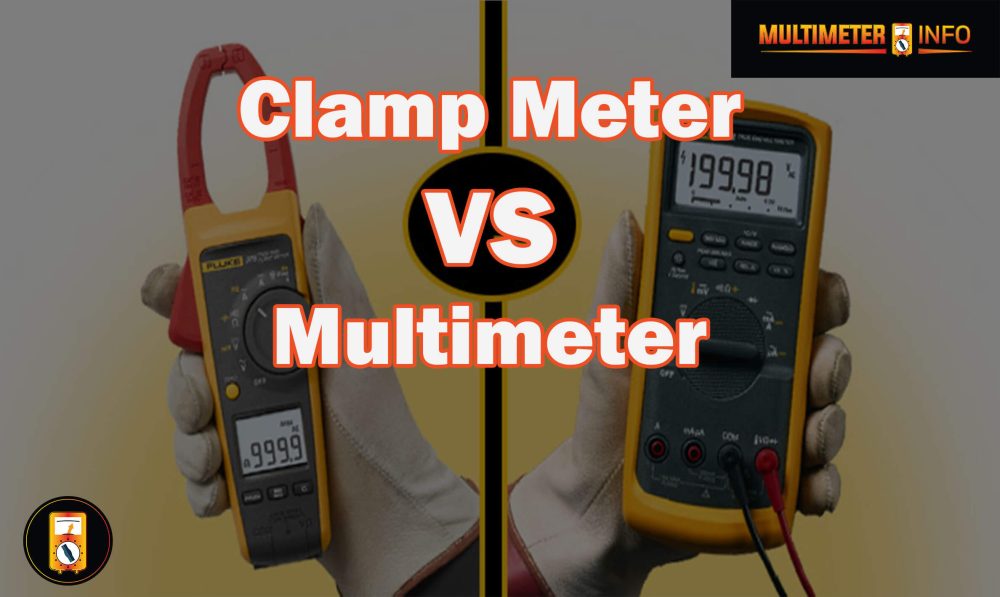Do you need to measure something that needs to be exact? Understanding resistance testing and how to perform it with a digital multimeter is critical whether you’re troubleshooting a complex electrical system or simply checking the status of your car battery. Resistance tests can be used to determine whether current flows between two points in an object and to identify any potential problems that may prevent future uninterrupted flow. In this blog post, we’ll discuss resistance testing and how to use a digital multimeter correctly for various types of measurements.
What is Resistance?
The resistance of an object is a measure of how difficult it is for electric current to pass through it. It is measured in ohms and is symbolized by the Greek letter “Ω”. Resistance is caused by the collisions between free electrons (in metals) or ions (in electrolytes) and obstacles they encounter along their paths, such as atoms or molecules. The higher the resistance, the more energy is needed to push electrons through the material.
Different materials have different levels of resistance, depending on their molecular structure and composition. For example, copper has a very low resistance because its atomic structure is well-suited for electron flow; while rubber has a much higher resistance due to its less orderly structure. Resistance can be manipulated with changing temperature and pressure, which can cause materials to become more or less conductive.
In electrical circuits, resistance is used to control the flow of current and reduce the voltage drop across components. It also helps protect sensitive electronic parts from damage due to excess electricity. Resistance can be adjusted using resistors, devices that contain material with a specific amount of resistance. The most common type of resistor is made up of metal alloys such as carbon, nickel, and chromium; other types include wire-wound and semiconductor resistors. By combining different combinations of resistors in series or parallel, it is possible to create different levels of resistance for various applications.
Common mistakes people make when measuring ohms:
Not using the right type of multimeter:
Different types of multimeters measure ohms in different ways. For instance, a digital multimeter is better suited for measuring ohms than an analog one.
Using the wrong leads:
incorrect or damaged leads can lead to inaccurate readings and dangerous shocks. Make sure you’re using the right type of leads for your particular device.
Failing to check for shorts:
Before taking any resistance measurements, it’s important to check that there are no short circuits between the two terminals being tested. A short circuit will cause your measurement to be vastly off from what it should be and could potentially damage your equipment.
Not disconnecting all power sources:
before attempting to measure ohms, it’s essential to make sure all power sources are disconnected. If a circuit is still powered when you take your measurements, the results will be unreliable.
Not accounting for temperature changes:
Temperature can have a major effect on resistance. Make sure your multimeter is calibrated correctly and that you account for any significant fluctuations in temperature before taking any readings.
By avoiding these common mistakes, you can ensure accurate and safe resistance measurements with your multimeter every time. Proper preparation and knowledge of proper techniques can help save time and money, making it much easier to diagnose issues with electrical equipment.
When measuring ohms, it is important to remember a few key points:
- Set the multimeter selector switch to the “Ohms” position before touching any probes to the circuit. This will prevent accidentally shorting out components.
- Make sure all power sources connected to the measuring device are turned off and disconnected before testing. Otherwise, you may get an inaccurate reading due to electricity flowing through the system.
- Always use two hands when handling probes and exercise caution when inserting them into terminals, as incorrect insertion can cause sparks or damage to components.
- Double-check the settings on the multimeter before taking a reading to ensure accuracy.
- Finally, take multiple readings and compare results for an accurate assessment of a circuit’s resistance.
By following these simple steps you can avoid common mistakes when measuring ohms and get reliable results every time.
How to Measure Ohms with a Multimeter
Measuring Ohms with a multimeter is an important step for troubleshooting and understanding circuits. It will help you to identify problems in the circuit, such as bad connections or defective components. Here are the steps for measuring ohm values:
Measure Ohms with a Digital Multimeter
- First, turn off all power on the circuit that you are testing to prevent any potential shocks from electrical current running through the system.
- Next, isolate the component that needs to be tested by either removing it completely or using an open switch.
- Set your multimeter’s selector dial to Ω (Ohms).
- Connect your test leads and probes to the component terminals securely and without any looseness for accurate readings.
- Finally, look at the readout window of your multimeter to get a reading in ohms (Ω).
You should now have all of the information you need to measure Ohm values with a multimeter. When you compare the results to the expected values in a circuit diagram, you can identify any faulty components or bad connections. When working with electrical components, always follow the safety protocols!
Measure Ohms with an Analog Multimeter
Measuring resistance using an analog multimeter involves connecting the probes across the component and noting the indicated value in ohms. To get accurate readings, first ensure that your analog multimeter is properly calibrated or adjusted to generate a precise zero reading.
- Connect the probes across the component whose resistance is to be measured.
- Switch on the analog multimeter and turn the selector knob to resistance (Ω).
- Select a suitable range slightly higher than the expected resistance reading for high accuracy and make sure that you are in AC or DC mode, whichever is applicable according to your circuit application.
- Note down the indicated value of resistance readings in ohms and change it back later if required.
- Disconnect the probes after taking readings and switch off the analog multimeter when finished using it.
By following these simple steps, you can easily measure resistance with an analog multimeter to diagnose and evaluate issues with any electrical components or machines. Furthermore, following a structured troubleshooting approach and regularly paying attention to safety measures such as ensuring that both leads are securely connected before taking readings will ensure accurate results while reducing the likelihood of errors or accidents. So, when working with electrical equipment, exercise extreme caution and always turn off all power sources before attempting any measurements! As a result, you can confidently use your analog multimeter for all of your needs.
Frequently Asked Questions:
An infinite ohms reading indicates an open circuit. This means that there is no connection between the two points being measured and therefore current cannot flow between them. An open circuit can occur when components fail due to age or wear and tear, when connections become loose, or when attempting to measure resistance through an insulating material such as plastic or rubber.
No, ohm and continuity are not the same. A Multimeter can be used to measure the resistance to electrical flow between two points, which is known as ohms. Continuity is an indication of whether electricity can pass through a circuit uninterrupted or not. When using a Multimeter to check continuity, it will indicate if there is an interruption in the circuit by reading Ohms or no Ohms depending on the condition of the circuit. It’s important to remember that continuity does not measure resistance, but rather indicates if current can pass between two points without interruption. This helps in troubleshooting circuits and finding faulty connections.
A Reading of 0 ohms indicates that there is no resistance in the circuit, which typically implies a complete circuit or one with no short. Resistance, which is symbolized by the (Ω) symbol and measured in Ohms, is a measurement of how well a current can travel through a circuit or a given path. Therefore, having no resistance in the circuit would make it easier for current to flow through without any interruption. It is important to note that measuring Ohms with a multimeter requires proper safety precautions as electricity can be hazardous if handled incorrectly. Always make sure you have read and understand the safety guidelines before attempting any measurements.
Final Note:
In Conclusion, when dealing with electrical resistance, using a multimeter to measure Ohms is an easy and reliable way to ensure accuracy. Before connecting your multimeter, make sure the circuit is turned off to avoid any potential damage or injury. Familiarizing yourself with the various multimeter settings and paying attention to which connections you’re making can help you get more accurate readings from each test.





